In the ever-evolving world of paleontology, few incidents have garnered as much controversy and cautionary significance as the Archaeoraptor saga. Dubbed “the Piltdown Bird” by some scientists, this composite fossil fabrication represented a perfect storm of scientific eagerness, insufficient verification processes, and the high-stakes world of fossil collecting. When National Geographic proudly announced this “missing link” between dinosaurs and birds in 1999, they couldn’t have anticipated the embarrassing retraction that would follow just months later. The Archaeoraptor incident serves as a powerful reminder of the importance of scientific rigor and the dangers of rushing extraordinary claims to publication.
The Discovery and Acquisition

The story of Archaeoraptor begins not in a carefully documented scientific excavation but rather in China’s fossil markets, where specimens of questionable provenance frequently change hands. In 1997, a fossil collector purchased the specimen from dealers in Xiasanjiazi, China, who had assembled it from multiple fossil fragments. The specimen eventually made its way to the United States through Stephen Czerkas, a dinosaur enthusiast and director of the Dinosaur Museum in Blanding, Utah. Czerkas purchased the fossil for $80,000, believing it to be a revolutionary discovery that showed clear evidence of the evolutionary link between dinosaurs and birds. The fossil appeared to have the body of a primitive bird with the tail of a dromaeosaurid dinosaur – a seemingly perfect transitional form that scientists had been seeking.
National Geographic’s Involvement
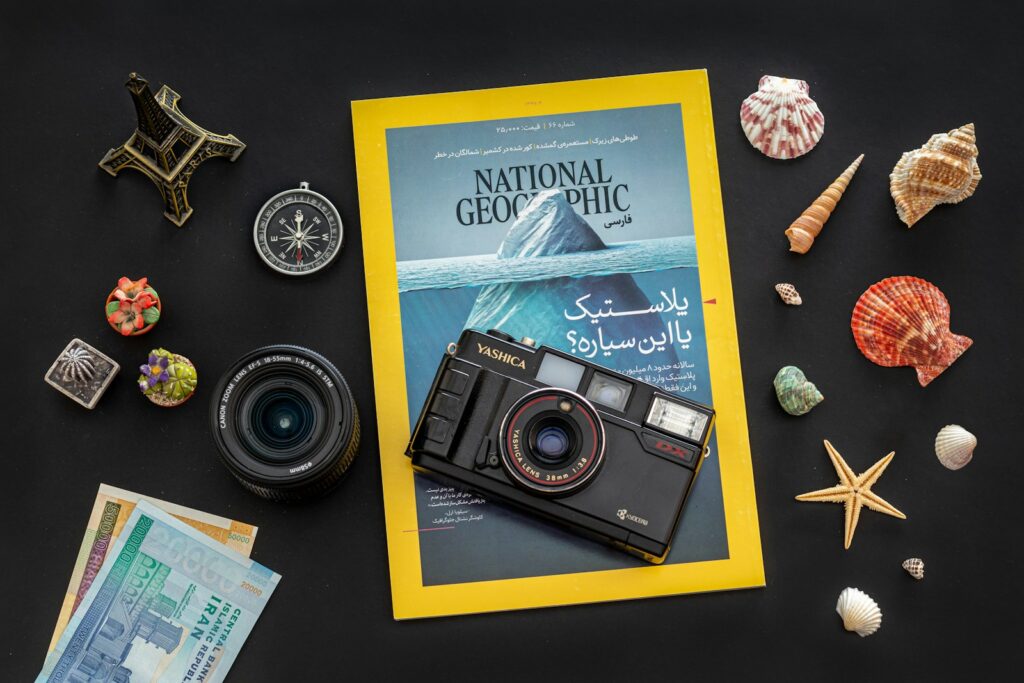
National Geographic became involved when Czerkas approached them with the remarkable find. The magazine was immediately interested in what appeared to be a groundbreaking discovery. In their November 1999 issue, National Geographic published an article featuring Archaeoraptor liaoningensis, describing it as “a true missing link in the complex chain that connects dinosaurs to birds.” The magazine promoted it as definitive evidence in the ongoing debate about bird evolution, suggesting it had “the head and upper body of a primitive bird but a long, bony tail and hind legs that are unmistakably dinosaurian.” The colorful article included artistic reconstructions of the creature and was presented with considerable fanfare, positioning the discovery as revolutionary to our understanding of evolution. This high-profile coverage brought immediate attention to the fossil from both the scientific community and the general public.
Red Flags and Initial Skepticism
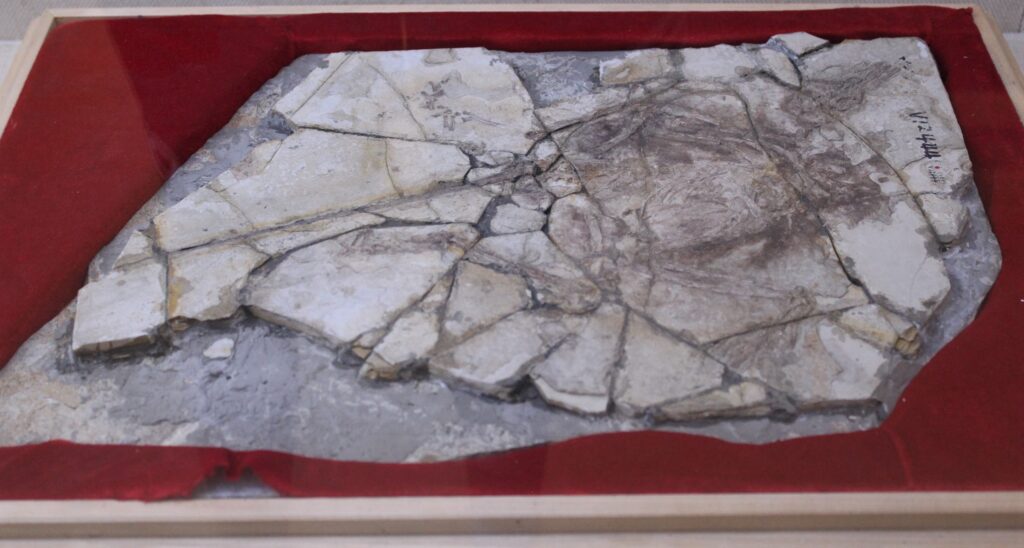
While National Geographic celebrated the discovery, several paleontologists expressed immediate skepticism about the fossil. The first red flag was the specimen’s origin from commercial fossil markets rather than a documented scientific excavation. China’s Liaoning Province, where the fossil allegedly originated, was known for both its remarkable legitimate fossils and for highly sophisticated forgeries crafted by local farmers seeking profit. Several scientists, including Storrs Olson, the curator of birds at the Smithsonian Institution’s National Museum of Natural History, voiced concerns about publishing such an extraordinary claim without peer review. Another troubling aspect was the unusual morphology itself – rather than showing the gradual transitional features expected in evolution, the specimen displayed an abrupt combination of bird and dinosaur features. Additionally, close examination revealed suspicious joins and artificial filling materials in the fossil slab, suggesting it might have been artificially assembled from multiple specimens.
The Scientific Investigation

As doubts mounted, a proper scientific investigation of Archaeoraptor began in earnest. Chinese paleontologist Xu Xing, who had been collaborating with the Archaeoraptor team, made a critical discovery that would unravel the entire case. While examining fossils in China, Xu recognized that the tail section of Archaeoraptor matched perfectly with a counterslab (mirror-image fossil) he had previously documented. This counterpart clearly belonged to a small dromaeosaurid dinosaur named Microraptor, not to the bird-like creature it had been attached to in the Archaeoraptor specimen. Further CT scanning and detailed analysis of the fossil revealed that at least two additional specimens had been incorporated into the alleged “missing link.” The bird-like portion was identified as belonging to an ancient bird called Yanornis, while other parts came from different specimens. The investigation definitively proved that Archaeoraptor was not a single animal but a composite of at least three different species, skillfully combined to create the appearance of a transitional form.
The Formal Retraction

Following the damning results of the scientific investigation, National Geographic found itself in the uncomfortable position of having to retract one of its most publicized stories. In March 2000, just months after the initial publication, the magazine published a formal retraction acknowledging that Archaeoraptor was a composite fossil rather than a genuine transitional species. The magazine explained how the scientific process had worked correctly, ultimately correcting the error, but the damage to their scientific credibility was already done. National Geographic editor Bill Allen expressed regret over the publication, stating, “We believed the information presented was scientifically valid and made sense in terms of what we know about the evolution of birds from dinosaur ancestors.” The retraction included a detailed explanation of how the forgery was discovered and the lessons learned from the incident, attempting to salvage educational value from the embarrassing episode.
The Art of Fossil Forgery
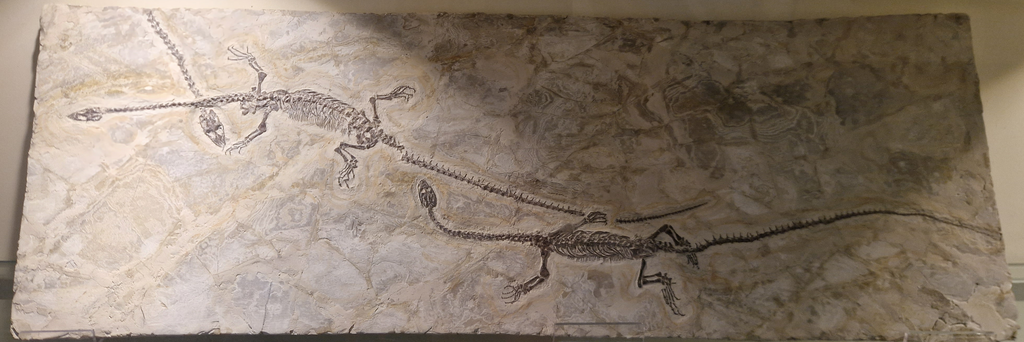
The Archaeoraptor incident shed light on the sophisticated methods employed by fossil forgers, particularly in regions like rural China, where fossil trading can provide significant income. Local collectors and farmers in fossil-rich areas had developed remarkable skills in fossil preparation, restoration, and, unfortunately, fabrication. The creators of Archaeoraptor demonstrated particular expertise, carefully selecting complementary specimens that would create a convincing transitional form. They meticulously joined the pieces, filled gaps with ground stone and adhesive, and created a unified appearance that fooled initial examinations. The forgery was so skillfully done that it required CT scanning and months of expert analysis to definitively expose. This level of sophistication wasn’t new to paleontology – forgers had been creating composite fossils and fabrications for decades, though few achieved the notoriety of Archaeoraptor. The incident highlighted how economic incentives in the fossil market can drive increasingly sophisticated forgeries aimed at fetching higher prices from eager collectors and institutions.
Bypassing the Peer Review Process

One of the most significant factors in the Archaeoraptor debacle was the circumvention of traditional scientific peer review. Typically, significant paleontological discoveries undergo rigorous scrutiny before publication in scientific journals, with experts in the field examining methodologies, evidence, and conclusions. The Archaeoraptor announcement bypassed this crucial scientific safeguard. Though the team had submitted a paper to the prestigious journal Nature, they withdrew it when the editors requested additional analysis and verification. Instead of addressing these concerns, they opted for the more immediate exposure offered by National Geographic, which lacked the same level of scientific review processes. This shortcut to publication meant that experts who might have identified the forgery earlier never had the opportunity to examine the claims critically before they reached the public. The incident became a textbook example of why peer review, though sometimes slow and frustrating, serves as an essential quality control mechanism in scientific discovery.
Impact on Bird Evolution Studies

Despite the Archaeoraptor scandal, the fundamental theory of birds evolving from dinosaurs remained scientifically sound and continued to strengthen with legitimate discoveries. Ironically, around the same time as the Archaeoraptor controversy, genuine fossils from the same region of China were providing compelling evidence for the dinosaur-bird evolutionary connection. Specimens like Sinosauropteryx, Caudipteryx, and Microraptor (part of which was used in the Archaeoraptor forgery) offered legitimate insights into the evolution of feathers and flight. These authentic fossils showed gradual evolutionary transitions, with feathered dinosaurs exhibiting increasingly bird-like characteristics over time. The scientific community worried that the Archaeoraptor incident might undermine public trust in these legitimate discoveries, potentially providing ammunition to those who rejected evolutionary theory altogether. Fortunately, the quick correction of the error and the wealth of genuine evidence helped minimize long-term damage to this field of research, though the incident continues to be cited by evolution skeptics decades later.
Media Sensationalism in Science Reporting

The Archaeoraptor incident highlighted troubling patterns in how scientific discoveries are communicated to the public. Media outlets often gravitate toward sensational “missing link” narratives that oversimplify complex evolutionary processes into dramatic single discoveries. National Geographic, though generally respected for its scientific content, succumbed to the allure of announcing a revolutionary finding that would capture public imagination and drive sales. This rush to publication reflected broader issues in science journalism, where competitive pressures can override the caution that science requires. The magazine’s presentation of Archaeoraptor emphasized certainty rather than provisional findings, with decisive language declaring it definitively answered long-standing questions. This approach contrasts sharply with the tentative, hypothesis-testing nature of actual scientific work. The incident served as a wake-up call for many science publications, prompting reflection on balancing engaging reporting with scientific accuracy and appropriate caution regarding extraordinary claims.
Ethical Issues in Fossil Collection

The Archaeoraptor scandal also brought attention to ethical concerns surrounding fossil acquisition and the international fossil trade. The specimen had been exported from China at a time when Chinese law prohibited the export of fossils, raising issues about the ethics of purchasing potentially illegal specimens. Many paleontologists refused to study such fossils regardless of their scientific value, arguing that working with them encourages illegal excavation and smuggling that damages contextual information crucial to science. The commercial fossil market creates perverse incentives, where the scientific value of a specimen becomes secondary to its commercial appeal, encouraging practices like combining specimens or enhancing features to increase monetary value. The scandal prompted many museums and research institutions to strengthen their policies regarding fossil acquisitions, requiring more thorough documentation of provenance and legal status. Some institutions implemented strict policies against acquiring, displaying, or researching fossils that may have been illegally collected or exported, recognizing that scientific ethics must extend beyond the laboratory to the field and marketplace.
National Geographic’s Response and Policy Changes

Following the embarrassing retraction, National Geographic implemented significant changes to its editorial processes for scientific content. The organization strengthened its verification procedures, particularly for extraordinary claims and discoveries that hadn’t yet been peer-reviewed in scientific journals. New policies required more thorough documentation and independent expert verification before publication of major scientific announcements. The magazine also became more transparent about the preliminary nature of new findings, using more measured language that better reflected the tentative nature of scientific discovery. Perhaps most importantly, National Geographic recommitted to respecting the peer review process, recognizing that bypassing this fundamental scientific safeguard had been their primary mistake. These policy changes rippled beyond National Geographic to influence practices at other science publications, many of which reviewed their own verification procedures in the wake of the scandal. While embarrassing, the incident ultimately strengthened the organization’s scientific reporting by forcing a reevaluation of how they balanced journalistic excitement with scientific rigor.
Similar Scientific Controversies
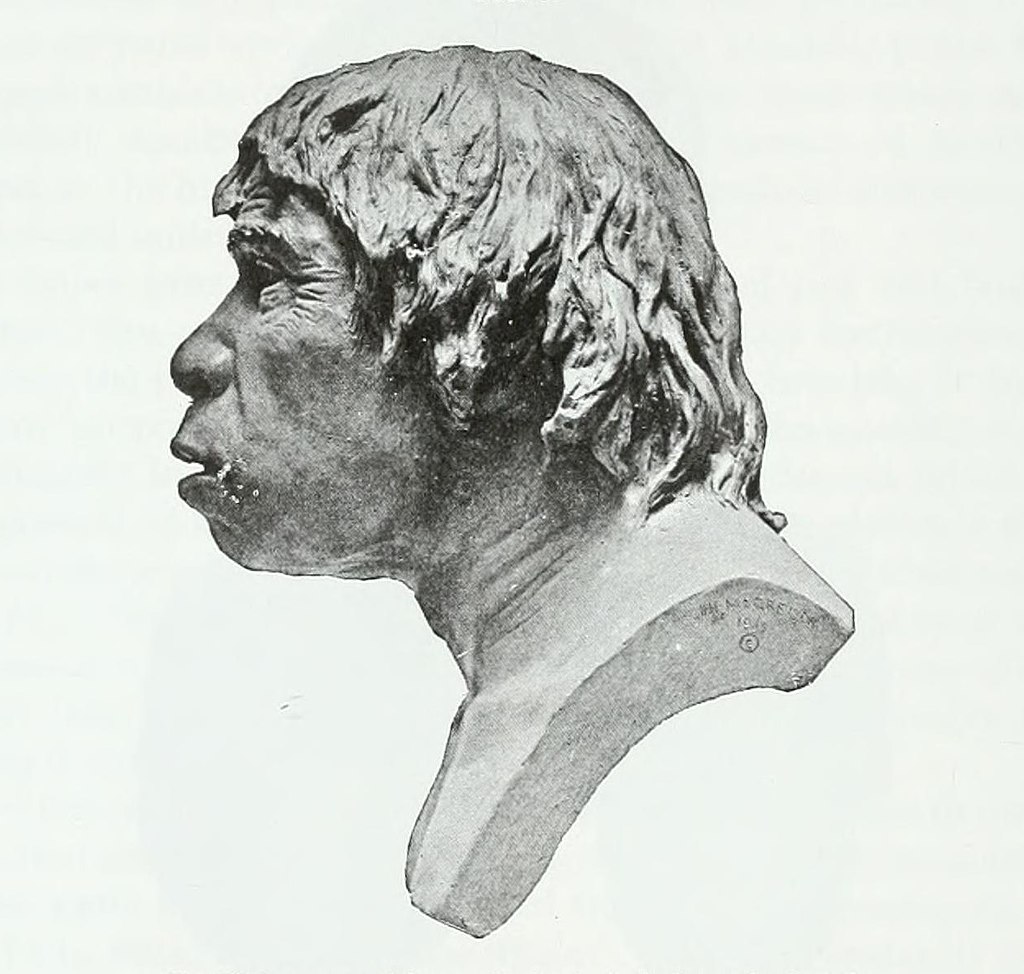
The Archaeoraptor incident joins a notable list of scientific controversies involving premature announcements or insufficient verification. Perhaps the most famous parallel is the Piltdown Man hoax of 1912, where a fraudulent human ancestor fossil fooled the scientific community for decades before being exposed as a composite of human and orangutan bones. More recently, the 1989 announcement of “cold fusion” by chemists Fleischmann and Pons demonstrated how rushing to announce results before adequate verification can damage scientific credibility. In paleontology specifically, numerous cases of fossil forgeries and misidentifications have occurred, though few received the high-profile exposure of Archaeoraptor. The 1999 Archaeoraptor case also drew comparisons to the controversy surrounding the “Megaraptor” fossil, which was initially described with an enlarged claw that was later discovered to belong to its hand, not its foot as originally claimed. These parallels demonstrate that the scientific process, while self-correcting over time, remains vulnerable to errors when normal verification procedures are circumvented or when commercial pressures intersect with scientific discovery.
Lessons for Modern Science Communication

The Archaeoraptor incident continues to provide valuable lessons for contemporary science communication more than two decades later. In today’s fast-paced media environment, where social media can instantly spread scientific claims worldwide, the pressure to announce discoveries quickly has only intensified. The case demonstrates why scientific institutions and publications must maintain rigorous verification standards despite these pressures, especially for findings that appear to dramatically advance or challenge existing knowledge. Modern science communicators have developed strategies to balance excitement about new discoveries with appropriate scientific caution, including clearly distinguishing between peer-reviewed findings and preliminary results. The incident also underscores the importance of transparency when errors occur – National Geographic’s forthright acknowledgment of the mistake and detailed explanation of how it happened helped maintain long-term trust despite the initial embarrassment. Perhaps most importantly, the case illustrates why science journalism should focus not just on remarkable conclusions but also on explaining the methodical processes that validate scientific findings, helping the public understand that science’s strength lies in its systematic approach rather than in individual dramatic discoveries.
Legacy and Continuing Relevance
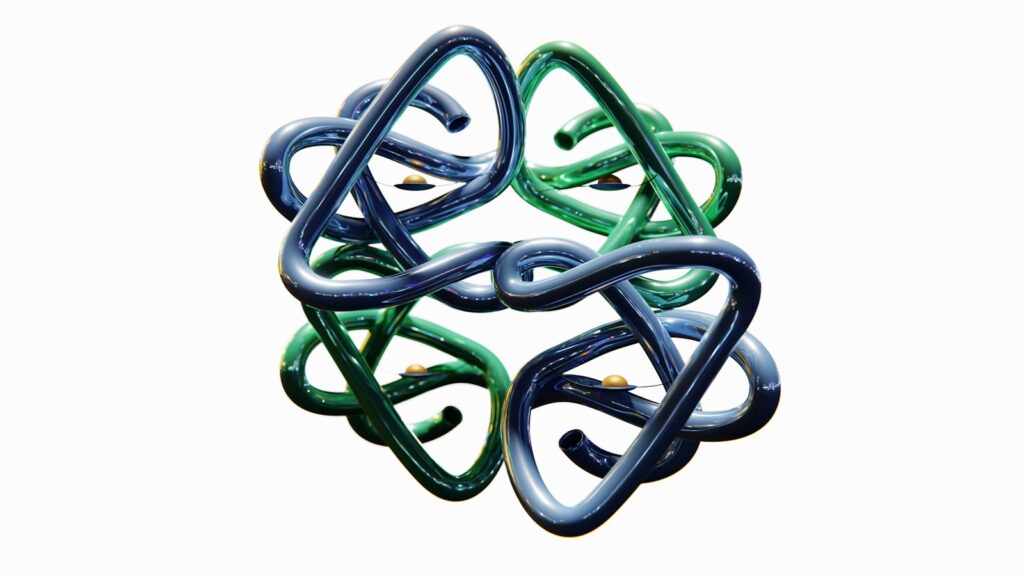
More than twenty years after the controversy, the Archaeoraptor incident remains relevant in scientific and educational contexts. The case is frequently taught in paleontology, scientific ethics, and journalism courses as a cautionary tale about verification, peer review, and scientific communication. Museum professionals reference the incident when developing authentication protocols for new acquisitions, particularly from commercial sources. The forgery also maintains historical significance in discussions about the fossil trade between China and Western institutions, which has evolved considerably since the late 1990s. While embarrassing for those involved, the Archaeoraptor incident ultimately strengthened scientific processes by highlighting vulnerabilities in how discoveries move from the field to publication. The scandal demonstrated that even respected institutions can fall victim to extraordinary claims without extraordinary evidence, reinforcing the need for systematic verification regardless of how compelling a discovery appears. In an era of increasing scientific misinformation, the Archaeoraptor case continues to provide valuable lessons about scientific integrity, the importance of methodical verification, and the enduring value of peer review in separating genuine discoveries from wishful thinking.
Conclusion

The Archaeoraptor saga represents one of modern science’s most instructive cautionary tales. The composite fossil that fooled experts, excited the public, and embarrassed National Geographic ultimately served a valuable purpose by highlighting critical vulnerabilities in scientific communication and verification processes. While the immediate aftermath was painful for those involved, the incident reinforced fundamental scientific principles that continue to guide researchers and science communicators today. The story reminds us that science advances not through sensational individual discoveries but through methodical processes of hypothesis, evidence, and verification. In a world where scientific findings increasingly inform critical public policy decisions, the lessons of Archaeoraptor – to verify thoroughly, respect peer review processes, and communicate with appropriate caution – remain as relevant as ever.



